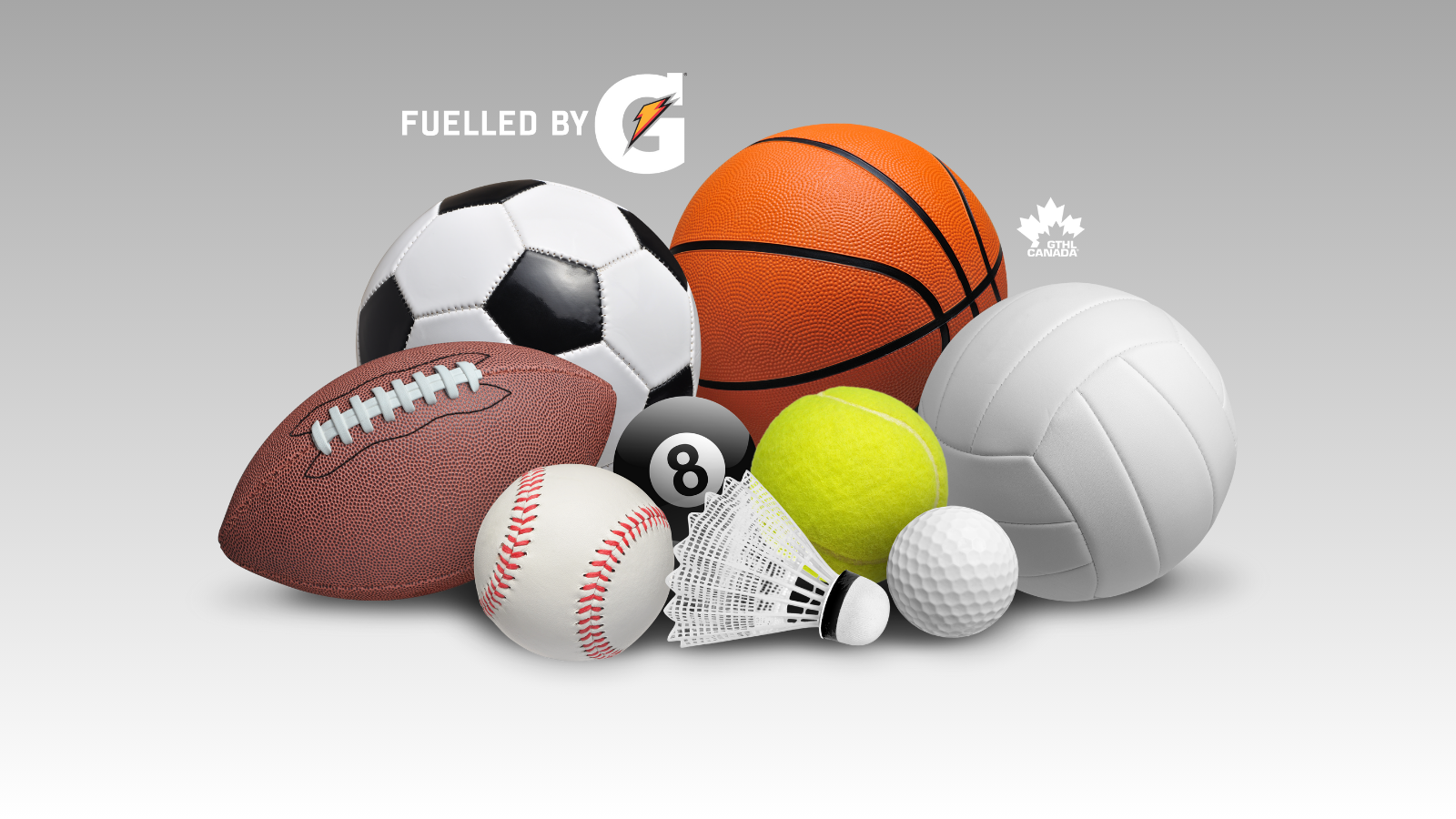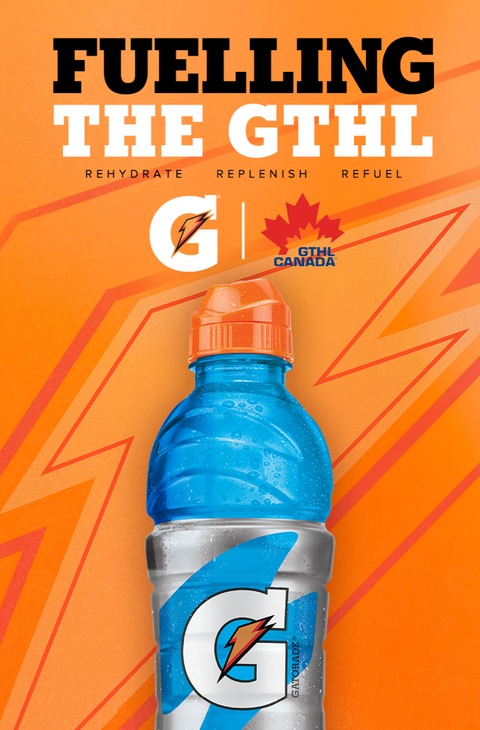
Benefits of being a multi-sport athlete, fuelled by Gatorade
Once upon a time, the offseason meant throwing your hockey gear into the garage and trading your hockey stick for a baseball bat or a soccer ball. In more recent years, however, it seems that more and more hockey players continue to train and play year-round. The offseason now, for today’s hockey player, means spring tournaments and leagues, summer development camps, and skill sessions. But is this the right path for hockey players to take?
In 2018, the NHL Players Association (NHLPA) conducted a survey with active players in the league at that time. Some of the questions the players were asked revolved around their player development as a minor hockey player and what they did in their youth. Notables from this survey include:
- 98 per cent of NHL players played another sport outside of hockey from ages five to 14.
- Almost 80 per cent of NHL players continued to play other sports during the ages of 15 to 18.
- The average age of NHL players beginning to skate and/or play hockey is after the age of four.
- The average age of specialization (in hockey) was not until the age of 16.
Less Burnout
Playing a single sport year-round can lead to significant physical and mental burnout. Remember, these are kids we are talking about! Sports should be an outlet for socialization and fun with their peers, paired with providing healthy competition and physical exercise. Constantly training and playing the same sport non-stop will eventually lead to hitting what is often referred to as “the wall.” On the mental side, the sport stops becoming fun, and instead, begins to feel like chore – or even a job – and can lead to an excessive amount of stress. On the physical side, this can lead to an increase in injury risk and fatigue.
Developing a Well-Rounded Athlete
Being a multi-sport athlete can help to develop different skills that can be transferred back to an individual’s primary sport. Hand-eye coordination can be improved by playing racquet sports, lacrosse, or baseball. Foot speed and even coordination can be furthered by playing soccer. Playing different sports also allows for different muscles to be used, trained, and developed, only aiding the development of athleticism in kids.
Different Perspectives
Playing different sports is also a great way for athletes to learn about varying roles on a team and gaining different perspectives, too. For example, an athlete might be the best player on his hockey team, but then plays baseball and he is an average player on the team. Instead of being the go-to player, the athlete might be in more of a support role in a different sport. The opportunity to learn different positions and the perspectives they offer is also valuable, such as an athlete playing hockey as a forward, but plays defence in soccer. The more sports you play, the more opportunities an athlete will have to be exposed to different roles, situations, and scenarios. This added perspective will make them a better teammate, leader, and athlete in the long-haul.
Stay connected with the GTHL on Facebook, X (Formerly Twitter), Instagram, and TikTok.


